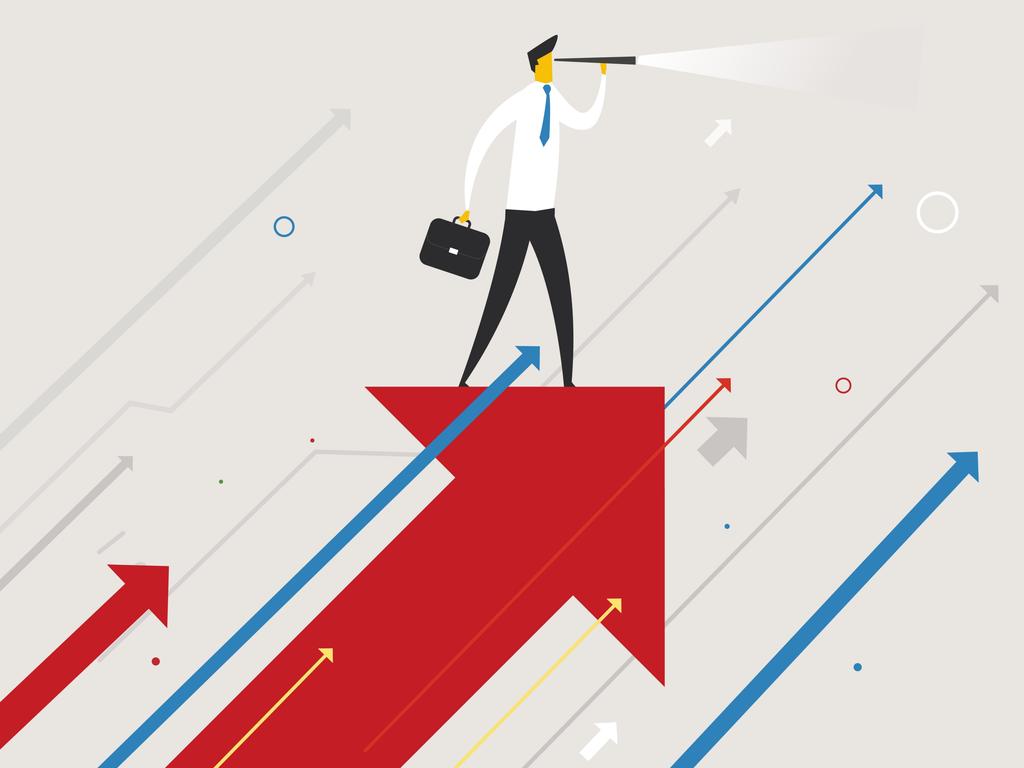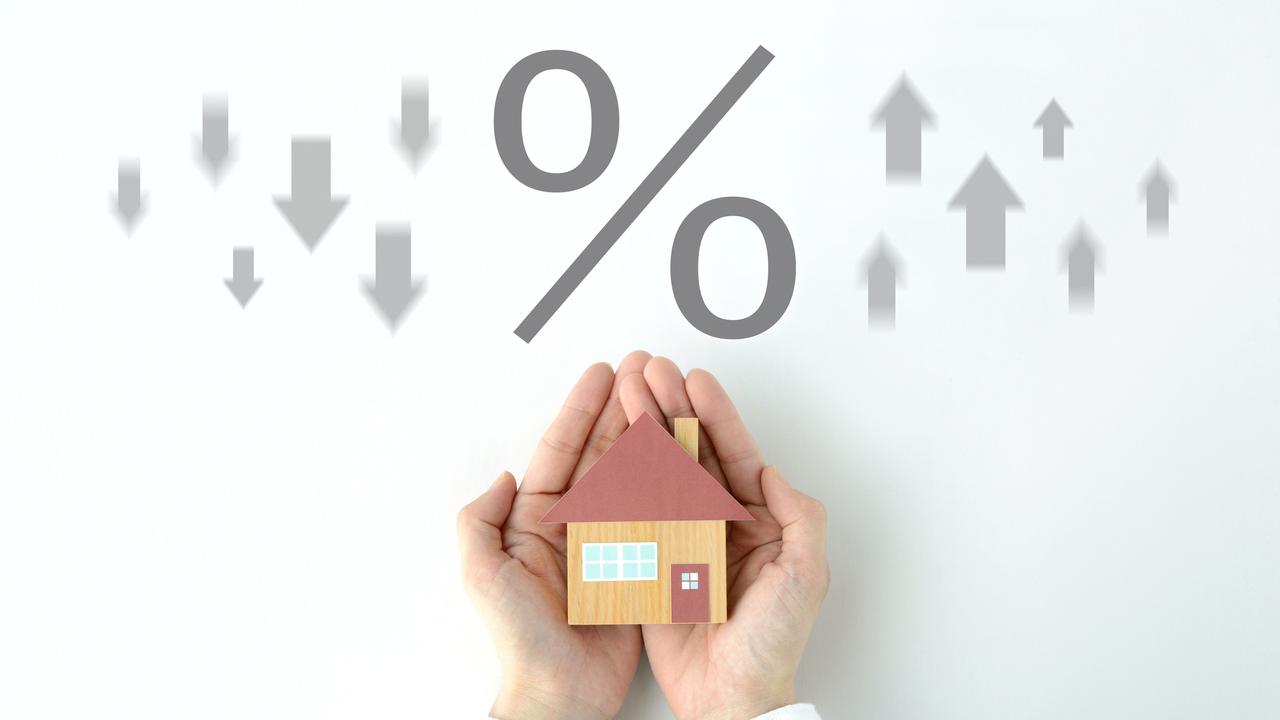What investors should watch for later in 2021
The markets are looking strong at home and abroad: Even house prices are rebounding but there are issues that require attention from the long-term investor.

COVID-19 caused the quickest and deepest global recession ever experienced. Now, the dominant view in share markets is it will also turn out to be the briefest.
Here’s a list of (identifiable) worries and opportunities investors will be facing in 2021. To me, they suggest staying with a market-weight allocation to shares, though investors needing to “top up” may like to wait for a bit of a sell off, and in stock selection, the focus should be on profits and cash flows not revenues or distant promises.
1. What happens to the global economy and investment returns will depend heavily on whether – and if so how well – the pandemic is contained by mass vaccinations. Some optimism seems appropriate, but the vaccines’ effectiveness could be diminished by the virus mutating.
2. The prevailing view of investors is for modest and largely synchronised growth around the world this year. Provided that infections from COVID-19 do fall away as vaccinations and other containment measures take effect, expectations for global growth are likely to be revised up further. Certainly, fiscal policies will remain highly stimulatory in most countries (though with occasional worries about the economic recovery being slowed by “fiscal cliffs” as government spending is cut back); pent-up demand is big (notably in Australia where households in aggregate are flush with cash); and inventory levels are unusually tight.
Estimates for aggregate corporate earnings will likely also be raised. And some commodity prices, including energy and copper, could move higher, while the price of iron ore – a frontrunner in 2020 – could deflate in a reasonably orderly way. It’s hard to see a sharp fall in the Australian dollar in the next year or two.
3. Central banks, including the US and Australia, are repeatedly giving “forward guidance” they intend to keep their cash rates at near-negligible levels through to 2024 – and that they’ll maintain low targets for the bond yields they seek to influence.
That’s good for the cyclical recovery in economic activity this year; and it will help to boost the average prices of shares (and, in Australia, of houses). But it could likely rekindle inflation in the medium-term and longer. Even if – as seems likely – inflation keeps to its low trend rate in 2021, an occasional spike or two in price increases could unsettle bond markets, where expectations are extremely low inflation over the coming decade.
4. Investors seeking yield will find things difficult. Government bonds, quality corporate bonds and term deposits are (almost always) safe, and usually can help investors cope when share prices collapse. But yields are now extremely modest and investors in these assets could lose from the return of inflation. Some investors seeking yield are continuing the hunt for shares that are paying good and rising dividends – perhaps that’s part of the reason why our bank shares have recently moved up in price – but they need be aware of the risks involved.
5. Every global financial crisis and recession has generated predictions of a “new normal” (now often called a “new new normal”). Of course, severe economic downturns leave behind transformations in behaviour and in structure. This time around, shopping via the internet will be enlarged; more people will want to work from home at least for part of the week; and there will be a surplus of office towers for a time. But the impact and duration of alleged “new eras” generally turn out to be less than was initially expected.
6. Some investors, among them Jeremy Grantham, co-founder of the huge and influential US-based investment group called GMO – and Peter Costello of the Australian Future Fund – argue the powerful rally in average share prices has taken shares back into “bubble” territory, and share markets and economies could be headed for collapse and catastrophe. Their focus is on prospective price-earnings ratios, which are stretched, and on the huge recent jump in share prices for many companies not earning profits. The picture isn’t as bleak to the many investors who put a greater weight on the boost to average share prices from low interest rates now and into the future.
There’s broader agreement of the dangers from the extremely high valuations placed recently on some US shares as “social trading influencers” have sought to create losses for hedge funds that had shorted stocks favoured by smaller investors. The risks from this form of crowd behaviour are high, and the consequences are dangerous for the traders involved (the word “investor” hardly seems appropriate). In due course, investors’ attention will return to cash generation and profits; but the process of unwinding the recent excesses could cause some sharp dips in average share prices on the way.
Don Stammer is an adviser to Stanford Brown Private Wealth. The views expressed are his alone.




